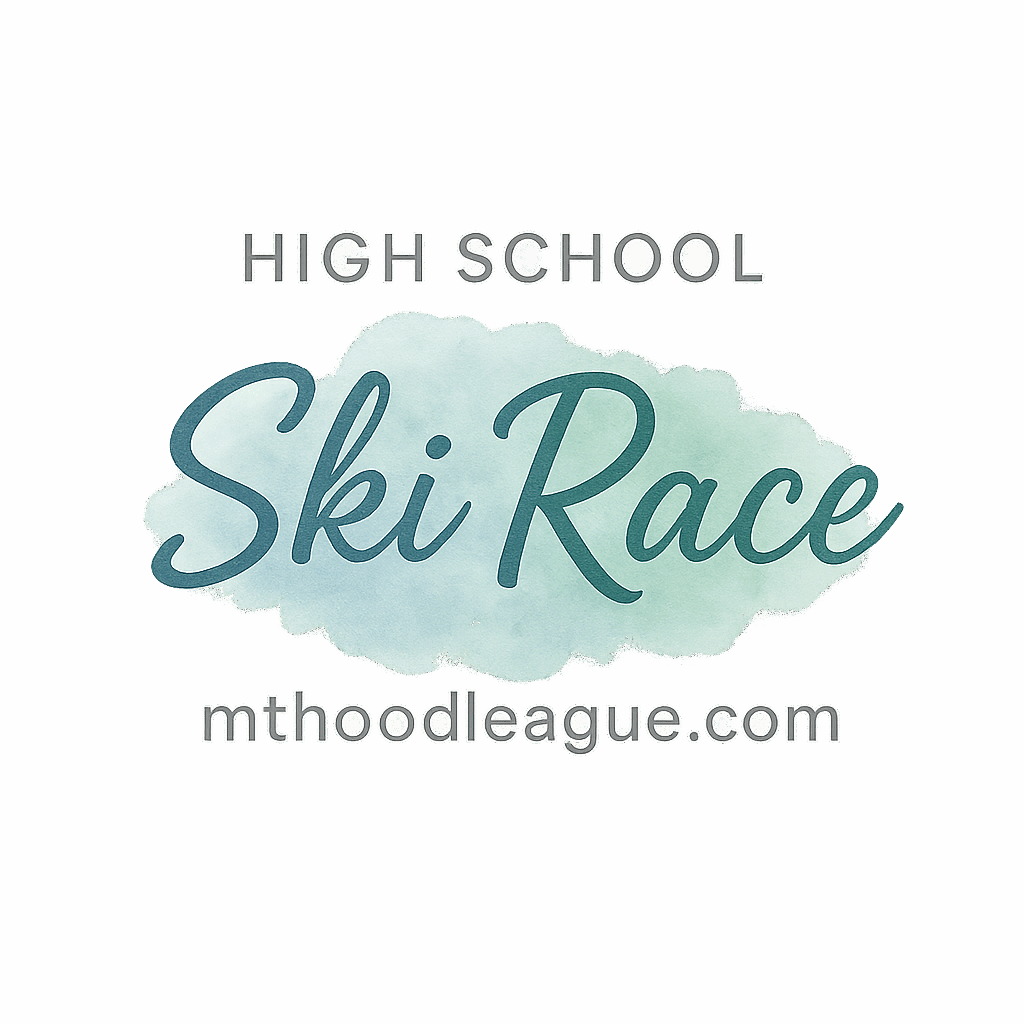When the snow hasn’t fallen yet, but your ski dreams are already racing downhill, it’s time to hit the dryland training zone. Whether you’re aiming for your best high school season yet or just getting started, these dryland training strategies will build your strength, sharpen your focus, and prepare you for the slopes like a pro. Ready to get started?
Why Dryland Training Matters for High School Ski Racers
If you’re serious about ski racing, the prep starts long before you buckle into your boots. Dryland training helps high school athletes build the physical and mental resilience needed for peak ski race performance. Think of it as the secret sauce—the off-season training that separates average racers from all-stars.
Internal Resources:
- Training Techniques
- Beginner Tag
- High School Tips
1. Build a Solid Foundation with Functional Strength Training
Dryland strength training isn’t about bulking up—it’s about becoming more explosive, controlled, and agile on the mountain.
Core and Lower Body Focus
Your core, quads, hamstrings, and glutes are the power center in ski racing. Squats, lunges, deadlifts, and planks are essential movements that mimic the physical demands of skiing.
Free Weights vs. Bodyweight Exercises
Free weights build raw strength, while bodyweight exercises enhance control and balance. The best plan includes both.
💡 Pro tip: Mix resistance bands with weights to simulate ski turns and pole plants.
Internal Link Opportunity
- Gear & Equipment
- Tag: Equipment
2. Improve Explosive Power with Plyometrics
Ever wonder how elite racers generate lightning-fast turns? Plyometric training is your answer.
Top Plyometric Drills for Ski Racers
- Box jumps
- Skater bounds
- Jump squats
- Lateral hops over cones
These boost your fast-twitch muscle fibers—essential for carving and slalom success.
Avoiding Common Training Mistakes
Start with low reps and soft surfaces to protect your joints. Don’t just jump—land like a ninja.
Internal Resources:
- Training Drills
- Tag: Training Mistakes
3. Boost Balance and Stability for Slope Control
Ski racing is like tightrope walking on a frozen waterfall—you need razor-sharp balance.
Balance Boards, BOSU Balls, and Stability Tools
Use gear like wobble boards, BOSU balls, and resistance trainers to fine-tune your balance.
The Role of Proprioception in Skiing
Proprioception is your body’s awareness of movement and space—critical for edge control and transitions. Think of it as your skiing sixth sense.
Internal Link Opportunity
- Tools
- Gear Essentials

4. Enhance Endurance with Aerobic Conditioning
Dryland isn’t just about sprints and squats—it’s also about outlasting the competition.
Interval vs. Steady-State Cardio for Ski Prep
- Intervals (HIIT): Perfect for race-day intensity.
- Steady-state: Builds a base for longer ski days.
Mix both for best results.
Cross-Training Benefits
Trail running, mountain biking, swimming—each builds stamina, works different muscle groups, and prevents burnout.
Related Internal Link:
- Training Fuel
5. Train the Mind as Hard as the Body
Your legs might drive you down the hill, but your brain is the real race director.
Visualization, Focus, and Mental Prep
Spend 10 minutes daily visualizing a perfect race run—feel the cold air, the pressure, the speed.
Practice self-talk techniques and develop a strong mental prep routine.
Avoiding Mindset Traps
Don’t let nerves sabotage your start gate. Learn to respond, not react.
Internal Link Opportunity
- Mindset & Focus
- Mental Prep
- Mindset Traps
- Self Talk
6. Nutrition: Fueling Dryland Training Success
You wouldn’t race a Ferrari on an empty tank. Fuel matters!
Pre-Workout and Recovery Nutrition Tips
- Before workouts: Bananas, oatmeal, or smoothies with complex carbs.
- After workouts: Protein + carbs = muscle repair.
Hydrate like it’s your part-time job.
Smoothies, Supplements, and Training Fuel
Smoothies packed with Greek yogurt, spinach, berries, and almond butter = gold.
Add clean supplements only if advised by a professional.
Internal Link Opportunity
- Nutrition & Wellness
- Smoothies
- Supplements
- Nutrition
7. Create a Smart Training Schedule
A plan without a schedule is just a wish. Build structure into your prep.
Balancing School, Training, and Recovery
Map out a weekly routine that respects your academic load and includes rest days.
Consistency wins over intensity in the long run.
How to Avoid Burnout Before Race Day
Burnout is real. Mix it up with yoga, hikes, or downtime with your team.
Internal Resources:
- Race Day Tips
- Tag: Race Day Mistakes
- Tag: Lodge Prep
Conclusion: Race Day Starts Months Before the Snow Falls
If you’re a high school athlete with ski racing goals, dryland training is your golden ticket. From building powerful legs to cultivating elite focus, every day you train off-snow gets you one turn closer to the podium.
Now’s the time to commit, plan smart, and trust the process. Snow will come—but greatness is built in the off-season.
FAQs
1. What is the best age to start dryland training for ski racing?
Start as early as middle school, but high school is the prime time to develop strength, stamina, and technique.
2. How many days per week should high school racers train dryland?
Aim for 4–5 days a week, combining strength, cardio, and balance work.
3. Can dryland training replace on-snow training?
Not fully—but it’s the next best thing. It prepares your body to maximize gains when you’re on the slopes.
4. Is it okay to lift weights during the ski season?
Yes, but reduce volume. Focus on maintenance, mobility, and recovery once the season begins.
5. What should I eat before a dryland workout?
Something light with carbs and a little protein—like toast with peanut butter or a smoothie.
6. Do I need fancy equipment for dryland training?
Nope. Resistance bands, a yoga mat, and bodyweight moves can get the job done.
7. Where can I find ski-specific workout gear and nutrition advice?
Check out Mount Hood League’s Gear & Equipment section and Nutrition & Wellness hub for curated resources.

